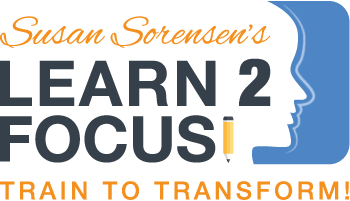The History of Dyslexia
/Although dyslexia is now a commonly known syndrome (especially with all the popular articles about how celebrities like Justin Timberlake or Will Smith have it too!), it’s hard to believe that it wasn’t until the late 19th century when people actually started knowing about it. In the late 1800s, Rudolph Berlin from Germany was an ophthalmologist – medical eye doctor – who first used the word “dyslexia” instead of using the word “blindness,” as it was used before. These children, he realized, were not blind, but instead had “difficulty with words,” which is the Greek meaning of the term “dyslexia.”
But it wasn’t until 1925 when American neurologist Dr. Samuel Orton proposed the first theory of how specific reading difficulty started. He stressed how dominance of one side of the brain can affect dyslexia, and his teaching strategies are actually still in use today. About a decade later, Dr. Alfred Struss and R. Heinz Werner published their studies on the varieties of dyslexia symptoms (dyslexia is more than just mixing up letters) and their work emphasized the importance of individual attention according to each child’s needs.
Since then, there have been a number of studies and a broader understanding of dyslexia. As for myself, while people might think of dyslexia as a disability, I encourage parents to think of it more as a different learning ability. This is because I know children with dyslexia still can learn efficiently and effectively. All they need is a different approach, which is what we offer at Learn 2 Focus like Orton-Gillingham, Fast ForWord, and Interactive Metronome. Children with dyslexia are often very creative, which means it’s important for us as parents and educators to make it our goal to help build their confidence and self-esteem so they can overcome any obstacles dyslexia might cause in their education and quality of life. I’m looking forward to seeing how further studies in the future might enhance our understanding of dyslexia and how brain-training programs can be even more improved for our kids!

